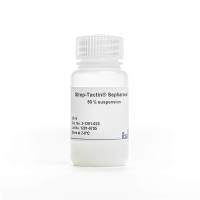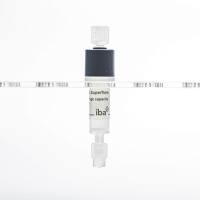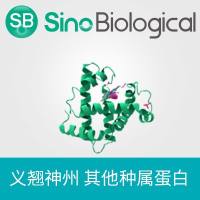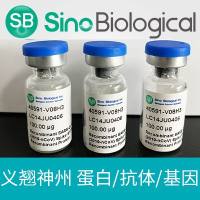Purification of Antibodies Using Protein A-Sepharose and FPLC
互联网
1024
Protein A chromatography is a type of affinity chromatography that relies on the specific interaction of protein A with the Fc region of immunoglobulins from a number of species (1 ). Protein A is a 42,000-Dalton polypeptide originally isolated from the cell walls of Staphylococcus aureus (2 ).Because of its extended shape, protein A does not, however, run true to its actual size on SDS-polyacrylamide gels. Protein A is well characterized, and for a detailed review, see Langone (3 ) and reference 1. Protein A has been expressed in recombinant form, and its crystal structure has been solved (4 ). The affinity of protein A for Fc regions is very high (K d = 10−7 ). The molecule contains four binding sites, but only two Fc domains can be bound at any one time. Since the antibody combining site is left free, protein A, when covalently coupled to stationary supports like agarose or Sepharose beads, provides an excellent reagent for isolating immune complexes or immunoglobulins from a crude solution (5 ,6 ). Protein A has also been useful for separating Fc fragments from Fab fragments after proteolytic digestion. The advantages of protein A are mainly its stability and specificity. Protein A is stable over a wide pH range (pH 2–11) and under most denaturing conditions commonly used in chromatography (e.g., 4M urea, 6M guanidinium hydrochloride) (7 ). After neutralization or removal of the denaturant, protein A is able to refold and regain its ability to bind Fc regions.









